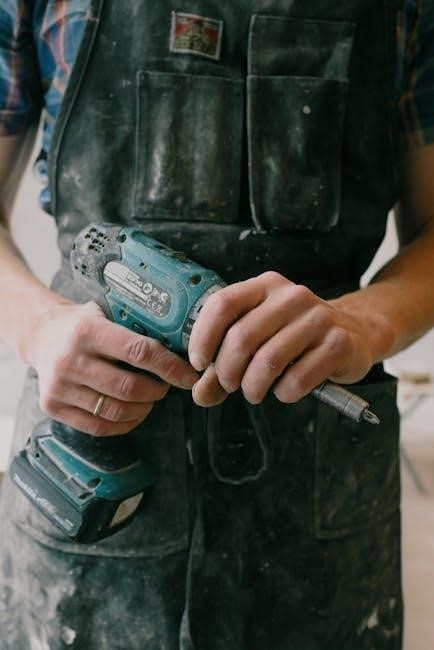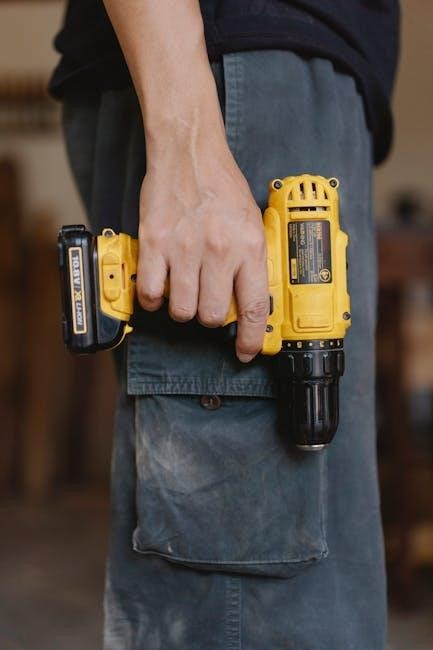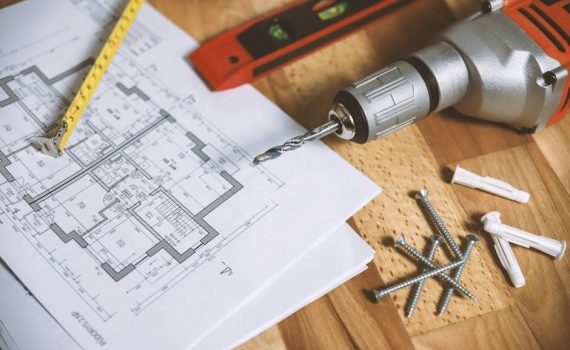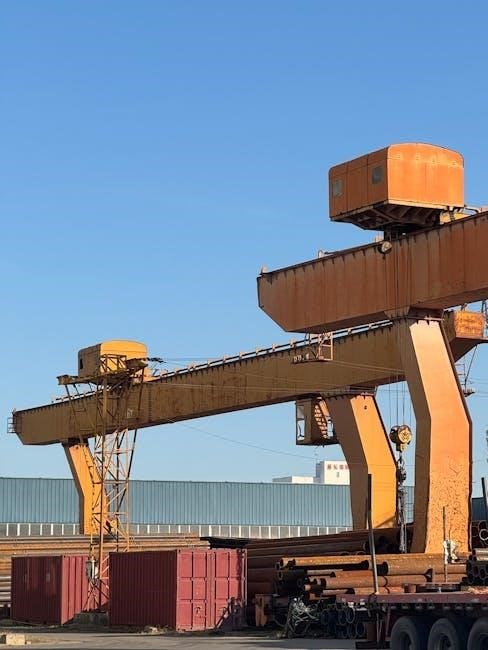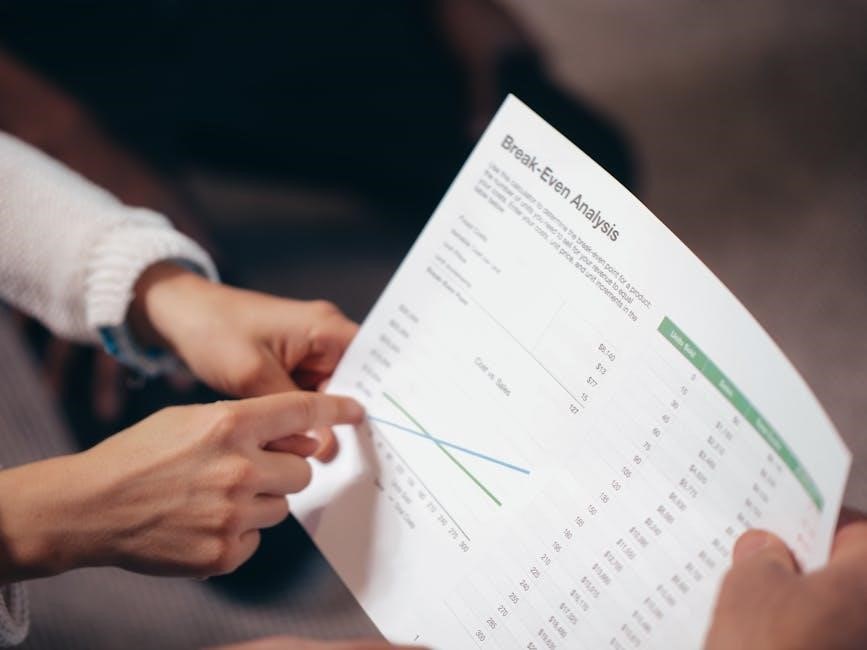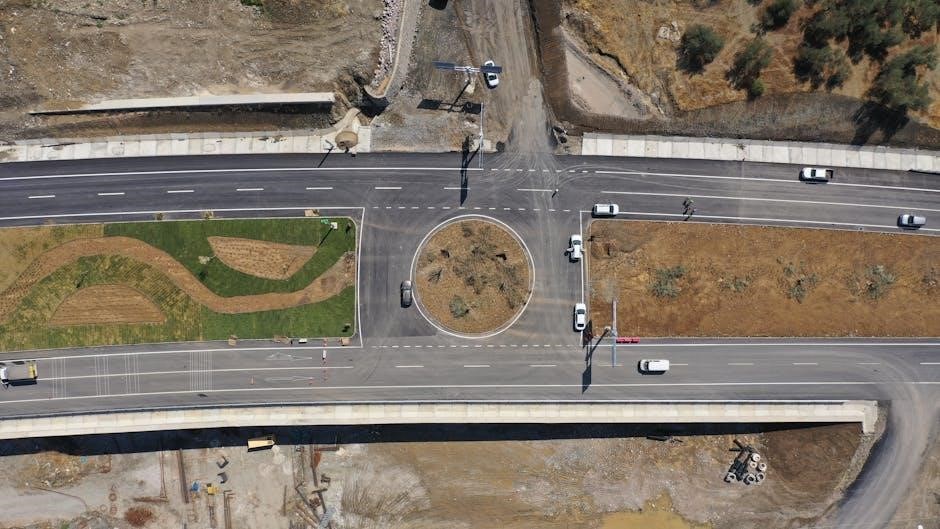patpet training collar instructions
Category : Instructions
Patpet training collars are designed for safe and effective dog training, offering tone, vibration, and static modes. They ensure proper fit and comfort, promoting positive behavior through clear instructions and guidelines for optimal use.

1.1 Overview of Patpet Training Collars
Patpet training collars are advanced tools designed for safe and effective dog training. Available in models like the P-Collar 628 and 301, these devices offer multiple training modes, including tone, vibration, and static stimulation. They are equipped with adjustable settings to suit different dog sizes and temperaments. The collars emphasize proper fit and comfort to prevent skin damage, ensuring a humane training experience. Their purpose is to help dogs live safely and effectively, with comprehensive user manuals providing clear guidelines for optimal use and safety precautions.
1.2 Benefits of Using Patpet Training Collars
Patpet training collars offer numerous benefits for dog owners, including effective behavior correction and enhanced communication with pets. They provide multiple stimulation modes—tone, vibration, and static—allowing customization to suit individual dogs. The collars promote proper fit and comfort, reducing the risk of skin damage. Their design encourages positive reinforcement, making training humane and efficient. Additionally, the collars are user-friendly, with clear instructions and safety guidelines to ensure optimal use. These features make Patpet collars a reliable choice for fostering good behavior and strengthening the bond between dogs and their owners.

User Manual Guide for Patpet Training Collars
The user manual provides detailed instructions for proper fit, safe usage, and effective training with Patpet collars, ensuring a smooth experience for both owners and pets.
2.1 Quick Start Instructions
Begin by reading the user manual to understand the collar’s features and safety guidelines. Charge the device fully before first use. Pair the remote control with the collar following the manual’s instructions. Ensure the collar fits properly on your dog, avoiding tightness. Introduce your dog to the collar gradually, starting with tone or vibration modes. Use basic commands and positive reinforcement for effective training. Always monitor your dog’s reaction and adjust settings as needed for a safe and successful experience.
2.2 Understanding the Components of the Collar
The Patpet training collar consists of a receiver, remote control, and adjustable strap. The receiver delivers tone, vibration, or static stimulation. The remote control features buttons for mode selection and intensity adjustment. The adjustable strap ensures a secure, comfortable fit. Additional components may include a display screen for mode indication and a charging port. Understanding each part ensures proper use and effective training. Always refer to the manual for detailed descriptions and operation guidelines to maximize functionality and safety.
2.3 Proper Fit and Adjustment of the Collar
Proper fit is crucial for comfort and effectiveness. The collar should be snug but not too tight, allowing two fingers to fit between the collar and your dog’s neck. Adjust the strap to ensure it sits comfortably, avoiding prolonged wear. Monitor your dog’s skin and behavior, adjusting the fit as needed. Regularly check and tighten or loosen the collar to accommodate your dog’s growth or seasonal changes. Always refer to the manual for specific adjustment guidelines to ensure safety and optimal performance during training sessions.

Safety Precautions and Warnings

Avoid skin damage by ensuring proper fit and monitoring your dog’s reaction. Never leave the collar on for extended periods or make it too tight, as this can cause discomfort or injury.
3.1 General Safety Guidelines
Always read the user manual before using the Patpet training collar. Ensure proper fit to avoid skin irritation or discomfort. Avoid leaving the collar on for extended periods. Monitor your dog’s reaction closely, especially during initial use. If any signs of distress occur, discontinue use immediately. Keep the collar out of reach of children and pets when not in use. Regularly inspect the device for damage to ensure safe operation. Follow all instructions carefully to maximize safety and effectiveness during training sessions.
3.2 Avoiding Skin Damage and Discomfort
To prevent skin damage, ensure the Patpet collar fits properly and isn’t too tight. Rotate the collar daily to avoid prolonged pressure on the same area. Monitor your dog’s skin for signs of irritation or redness. If observed, remove the collar and allow the skin to heal before reuse. Regularly clean the collar to maintain hygiene and prevent bacterial growth. Avoid leaving the collar on for extended periods, especially during training sessions. Always follow the user manual guidelines for proper usage to ensure your dog’s comfort and safety.
3.3 Monitoring Your Dog’s Reaction
Always observe your dog’s behavior when using the Patpet training collar. Watch for signs of discomfort, such as excessive scratching or whining. If your dog shows stress or pain, adjust the collar’s settings or consult a professional. Ensure the collar is not causing skin irritation by regularly inspecting the area. Pay attention to your dog’s reactions during training sessions and stop if any adverse effects occur. Proper monitoring ensures a safe and effective training experience for your pet.
Charging the Patpet Training Collar
Proper charging is essential for optimal performance. Use the original charger and follow the user manual instructions to avoid overcharging. Ensure the collar is fully charged before first use.

4.1 Step-by-Step Charging Instructions
To charge your Patpet training collar, use the original charger provided. Connect the USB charger to a power source and attach the collar. Ensure the collar is turned off. The LED indicator will show red while charging and turn green when fully charged. Charge for 2-3 hours to achieve full battery life. Avoid overcharging to maintain battery health. Always follow the user manual instructions for safe and effective charging. Proper charging ensures optimal performance and longevity of your Patpet training collar.
4.2 Charging Time and Battery Life
The Patpet training collar typically requires 2-3 hours for a full charge. Battery life lasts up to 15 days under normal use. Factors like mode usage and intensity affect duration. To maintain optimal performance, avoid overcharging and store the collar properly when not in use. Follow the user manual for charging guidelines to ensure longevity. Proper charging habits help preserve the battery and ensure reliable operation during training sessions.

4.3 Tips for Maintaining Battery Health
To maintain the battery health of your Patpet training collar, avoid overcharging and use the original charger. Store the collar in a cool, dry place when not in use. Ensure the battery is fully drained occasionally to prevent memory effects. Regularly clean the charging contacts to maintain proper connectivity. Update the firmware when available to optimize battery performance. By following these tips, you can extend the lifespan of the battery and ensure reliable operation during training sessions.
Operating Modes of the Patpet Training Collar
Patpet training collars feature tone, vibration, and static modes for versatile training. Each mode provides distinct stimulation to help dogs learn commands effectively and respond to corrections promptly.
5.1 Tone Mode for Auditory Stimulation
The tone mode on Patpet training collars emits a distinct auditory signal to capture your dog’s attention. This gentle yet effective stimulation is ideal for initial training or sensitive dogs. It helps in breaking their focus without causing discomfort. Use the tone mode to introduce basic commands or redirect unwanted behavior. For best results, start with the lowest setting and gradually increase if necessary. Always pair the tone with positive reinforcement to reinforce good behavior and ensure a positive training experience for your dog.
5.2 Vibration Mode for Physical Stimulation
The vibration mode on Patpet training collars provides a physical stimulation that gets your dog’s attention through a gentle yet noticeable sensation. This mode is particularly useful for training in noisy environments or for dogs that respond better to physical cues. The vibration intensity can be adjusted to suit your dog’s sensitivity, ensuring comfort and effectiveness. Use this mode to correct unwanted behavior or reinforce commands. Always pair the vibration with positive reinforcement to encourage desired actions and maintain a positive training experience for your dog.
5.3 Static Stimulation Mode for Training
The static stimulation mode on Patpet training collars delivers a mild, controlled electrical pulse to distract and guide your dog during training. This mode is effective for addressing stubborn behaviors and ensuring your dog’s attention. The intensity is adjustable, allowing you to customize the stimulation to your dog’s sensitivity. Always ensure the collar fits properly to avoid discomfort. Start with the lowest setting and gradually increase if needed. Monitor your dog’s reaction closely and use this mode in conjunction with positive reinforcement for the best results. Proper use ensures safe and effective training outcomes.
Remote Control Setup and Pairing
Pair the remote control with the Patpet training collar by following the manual’s instructions. Ensure proper synchronization for seamless communication between devices, enabling effective training sessions.
6.1 Pairing the Remote with the Collar
To pair the remote control with the Patpet training collar, ensure both devices are turned on. Activate pairing mode on the collar by holding the power button until the indicator light flashes. Use the remote control to select the collar’s channel, typically done by pressing and holding the channel button. Once paired, the collar will respond to remote commands. If pairing fails, restart both devices and repeat the process. Always refer to the user manual for specific instructions tailored to your Patpet model.

6.2 Customizing Remote Control Settings
Customize your Patpet remote control settings to tailor training sessions to your dog’s needs. Adjust stimulation levels, tone, and vibration intensity through the remote’s intuitive interface. Ensure the collar is properly paired and synced. Use the channel selection to manage multiple collars if applicable. Refer to the user manual for specific button functions and customization options. Always test settings on yourself first to ensure comfort and effectiveness for your dog. Proper customization enhances training efficiency and ensures a safe, positive experience for your pet.
Training Best Practices with Patpet Collars
Start with basic commands, use positive reinforcement, and ensure clear communication. Adjust settings based on your dog’s response for effective, safe, and stress-free training sessions.
7.1 Starting with Basic Commands
Begin with simple commands like “sit,” “stay,” and “come.” Use the Patpet collar’s tone or vibration mode to capture your dog’s attention. Gradually introduce more complex commands, ensuring consistency and positive reinforcement. Start with short training sessions to avoid overwhelming your dog. Always monitor their reaction and adjust stimulation levels as needed. Reward good behavior to build trust and encourage learning. This foundational approach ensures effective communication and sets the stage for advanced training.
7.2 Using Positive Reinforcement Techniques
Positive reinforcement is key to effective training with Patpet collars. Reward desired behaviors with treats, praise, or affection immediately after the action. Consistency is crucial; ensure commands are clear and rewards are timely. Use the collar’s tone or vibration modes to signal correct actions, then reinforce with positive feedback. Avoid overstimulation by adjusting levels to your dog’s comfort. This method builds trust and encourages voluntary compliance, making training enjoyable and productive for both you and your dog.

Troubleshooting Common Issues
Identify common issues like improper fit or battery problems. Ensure the collar is snug but not tight, and check for proper charging. Resetting the collar may resolve connectivity or stimulation issues. Always refer to the user manual for detailed solutions and guidelines to address specific problems effectively.
8.1 Common Problems and Solutions
Common issues with Patpet training collars include improper fit, battery drainage, and connectivity problems. Ensure the collar is snug but not tight to avoid skin irritation. For battery issues, charge the collar fully and avoid overcharging. If the remote doesn’t connect, reset the collar and re-pair it. Consult the user manual for detailed troubleshooting steps. Addressing these problems promptly ensures effective training and comfort for your dog. Always follow the guidelines to resolve issues efficiently and maintain optimal performance of the training collar.
8.2 Resetting the Collar to Factory Settings
To reset the Patpet training collar to factory settings, press and hold the power button for 10 seconds until the LED flashes. This restores default settings, erasing custom configurations. For models like p-collar 628, ensure the collar is off before resetting. After resetting, pair the collar with the remote again. This process resolves persistent issues and ensures proper functionality. Always refer to the user manual for specific instructions, as procedures may vary slightly between models like p-collar 301. Resetting helps maintain optimal performance and addresses software-related problems effectively.

Conclusion and Additional Resources
Thank you for reading! Patpet training collars are effective tools for safe dog training. For more guidance, visit manuals.plus/patpet or contact support for assistance.
9.1 Final Tips for Effective Training
For successful training, start with basic commands and gradually progress. Use positive reinforcement alongside the collar’s features. Monitor your dog’s reactions to ensure comfort and effectiveness. Always follow the user manual for proper usage. Begin with tone or vibration modes before static stimulation. Ensure the collar fits correctly to avoid discomfort. Consistency and patience are key. Refer to the Patpet manual for additional guidance and troubleshooting tips to maximize your training experience.
9.2 Where to Find More Information and Support
For additional guidance, visit the official Patpet website or refer to the provided user manual. The manual includes detailed instructions, troubleshooting tips, and safety precautions. You can also contact Patpet customer support for assistance with any issues. Online forums and training communities offer shared experiences and advice. Ensure to follow the manufacturer’s guidelines for optimal results and safety. Regularly check for updates or new resources to enhance your training experience with the Patpet collar.




